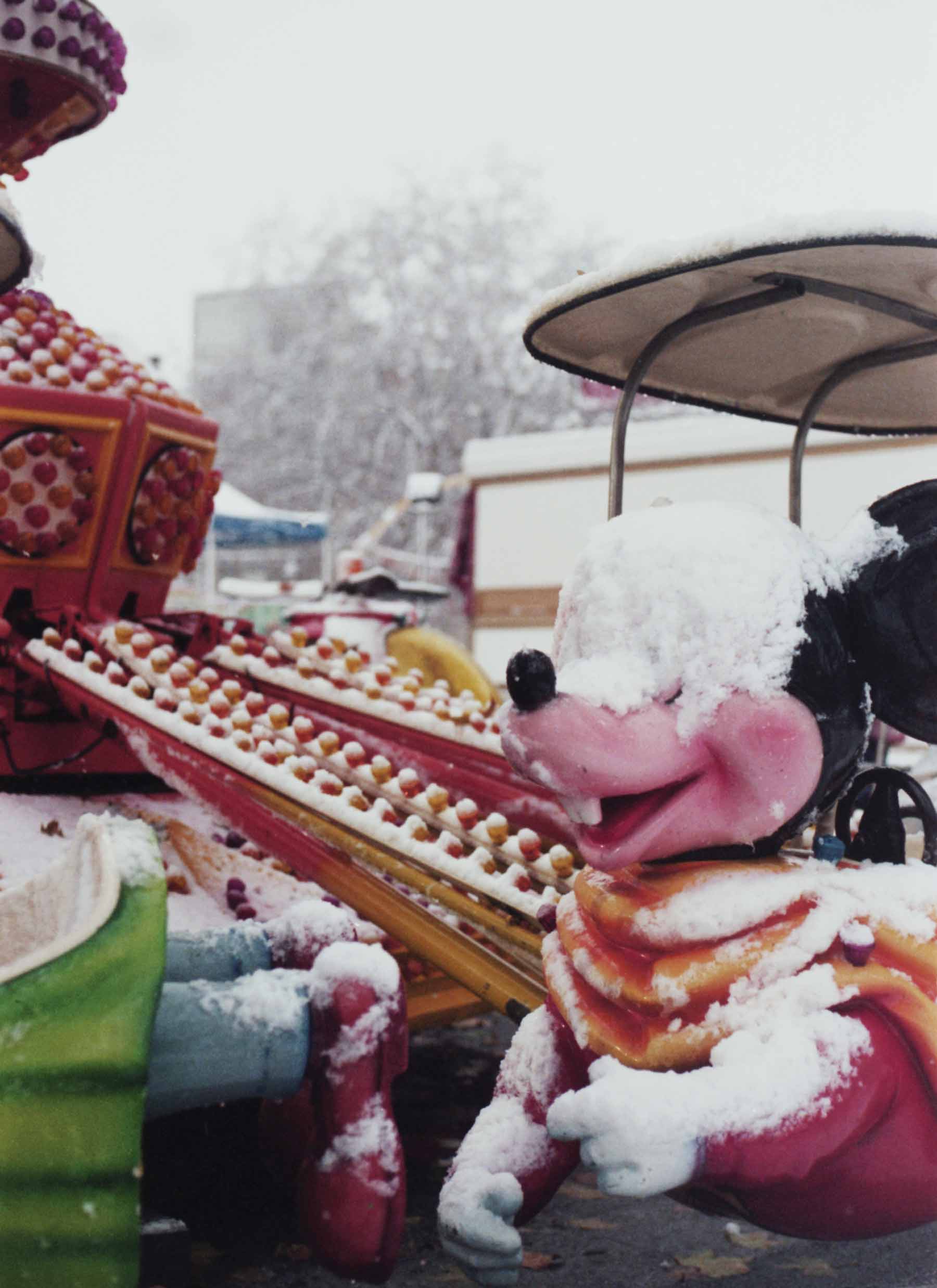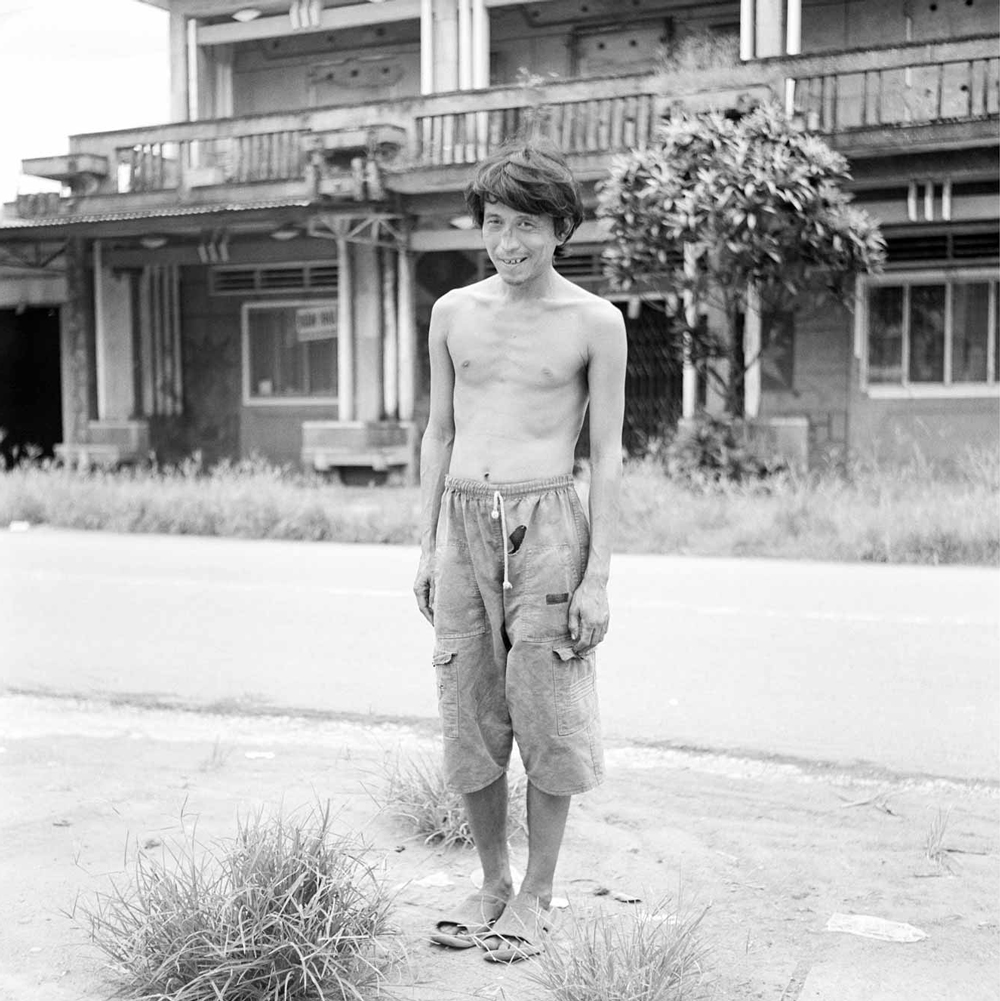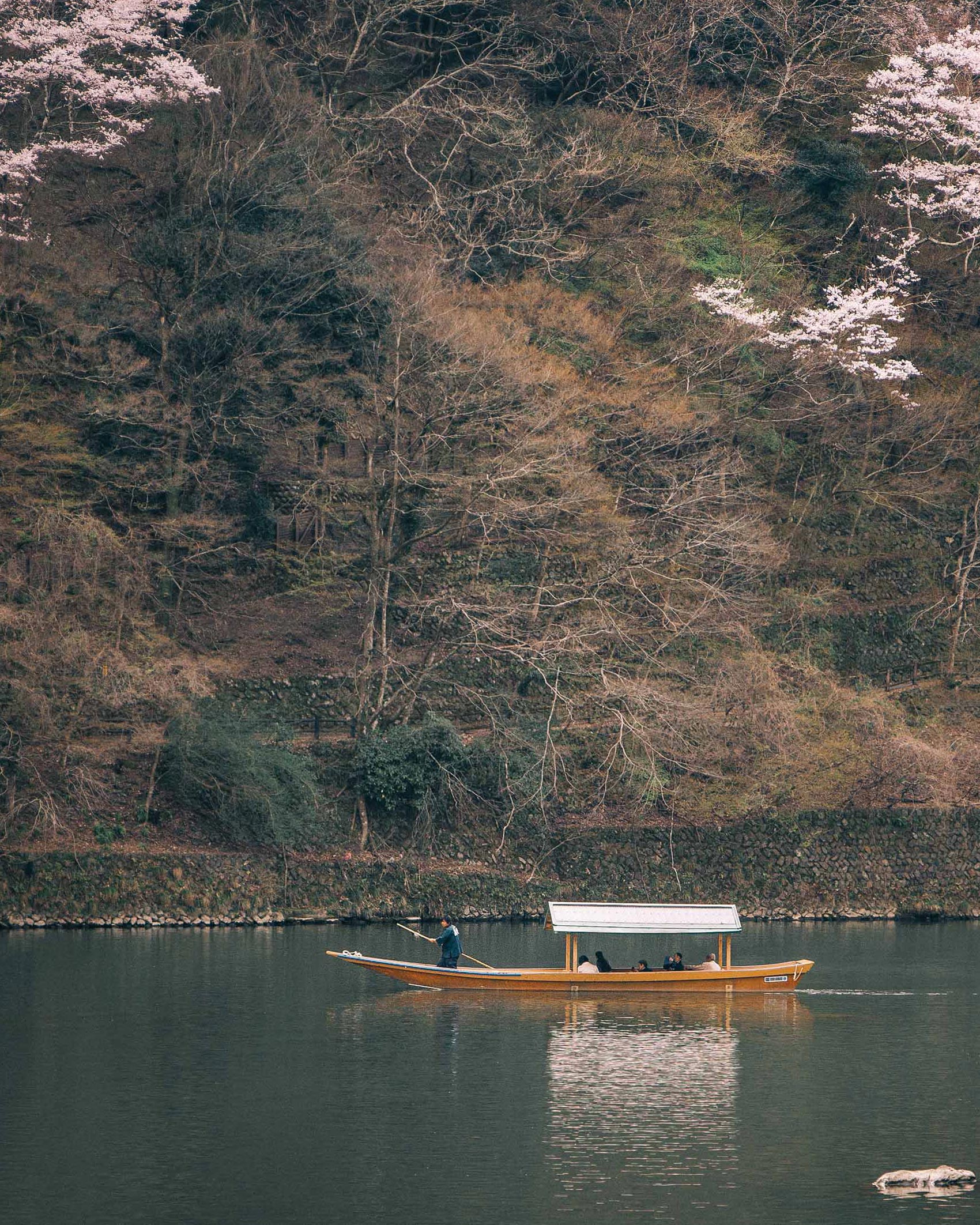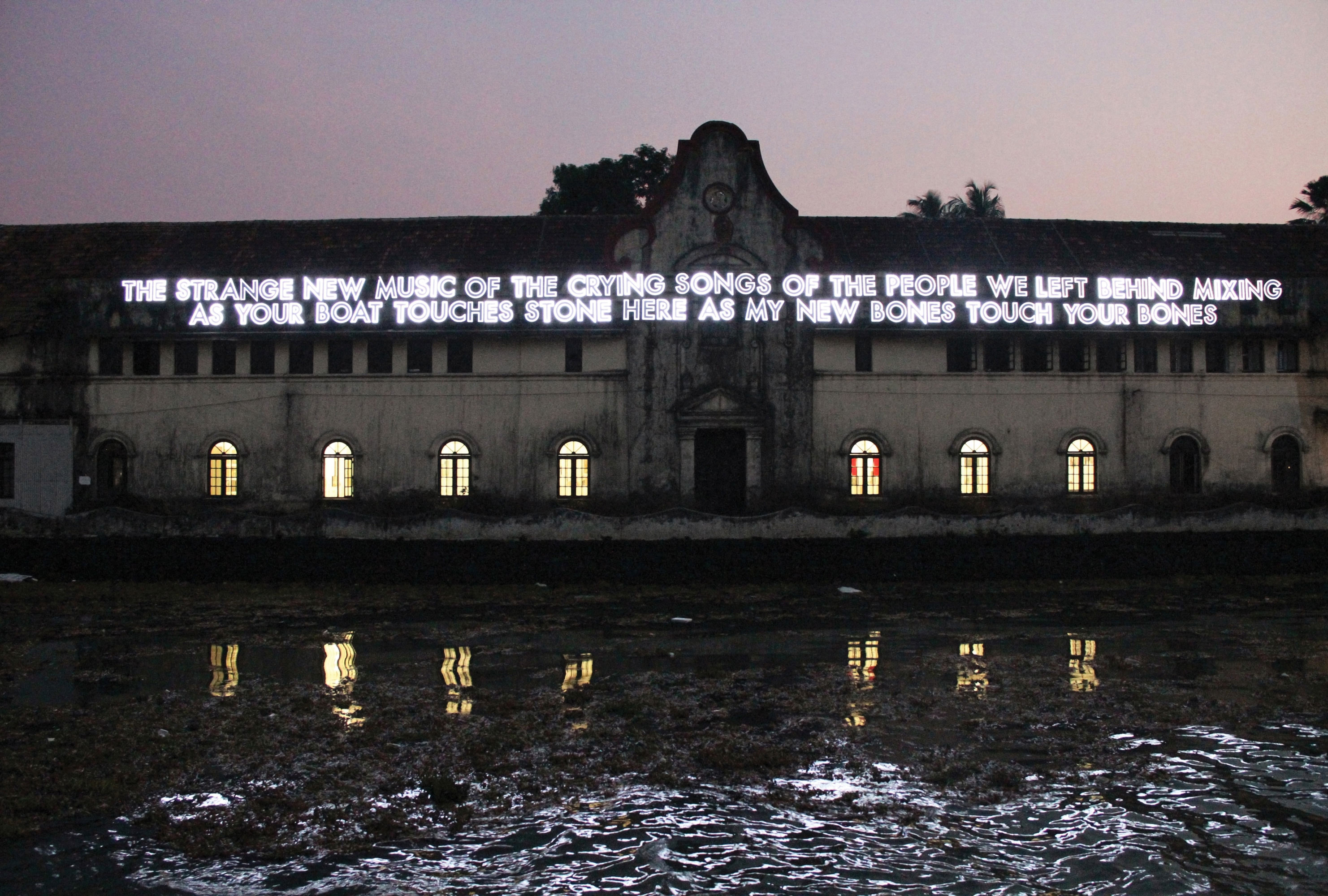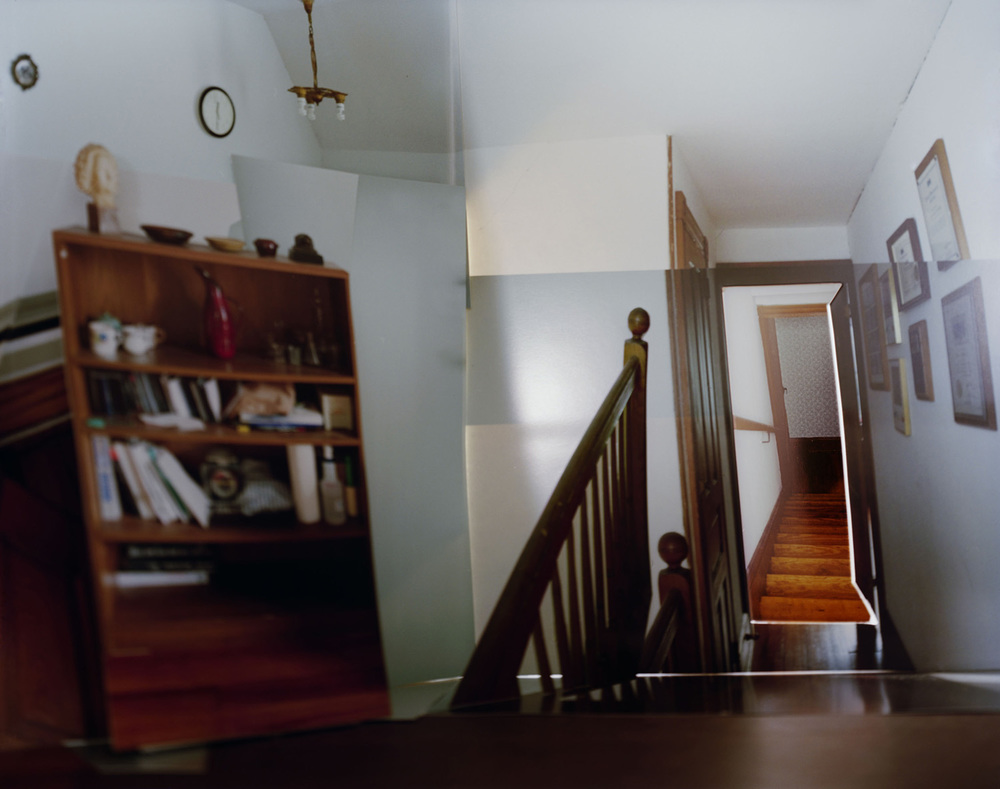"It could all be incredibly nostalgic and assuming, but Osato returns the lens to the viewer. His shots are snaps of the ever-searching mind and heart."
Mood is an inhabited space in Japanese photographer Takashi Osato’s world. This sets him apart from those who build human narratives. His shots are stoic demarcations of scenes and moods, setting scenes embedding a wide range of emotions from yearning to ennui. Osato takes people aside from Neptunian projections, allowing them instead a clarity regardless of the accumulated imaginings. Mind you, both ours and theirs.
Osato allows colours to take the forefront in creating a world. He eschews dramatic duels with light that his contemporaries might favour, utilising their traditional notions in familiar colour palettes. The effect is straightforward, even in enigma, and offers a self-awareness that never veers into indulgence. Ironically, these make up an anti-moodiness that is rich in connotations—a refreshing turn from blanched abandon found in fashion photography that does still influence like a bad hangover from the noughties.
In a 2011 fashion shoot for Bambi magazine, plush autumn colours sit sensuously in the forest theme. Rich floral prints and a black fur stole lie next to earthy geological accessories, as soft lace conjures a romantic dream. Ava Smith reclines as the woodland beauty in a quasi-fantastical land. It’s not altogether heart-pounding, but it offers a plausible wandering pretty much for as one might like; Osato veers away from overwhelming.
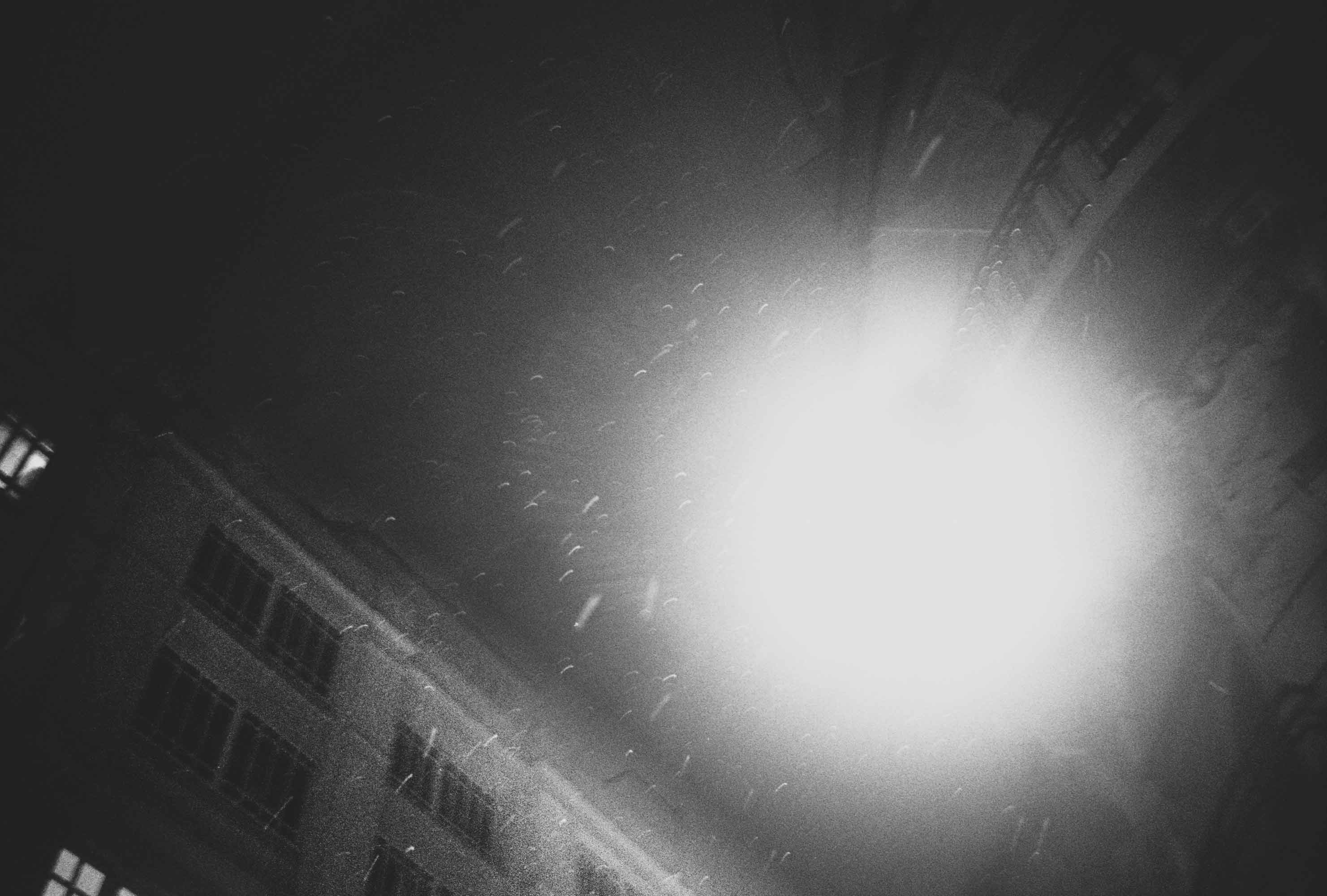
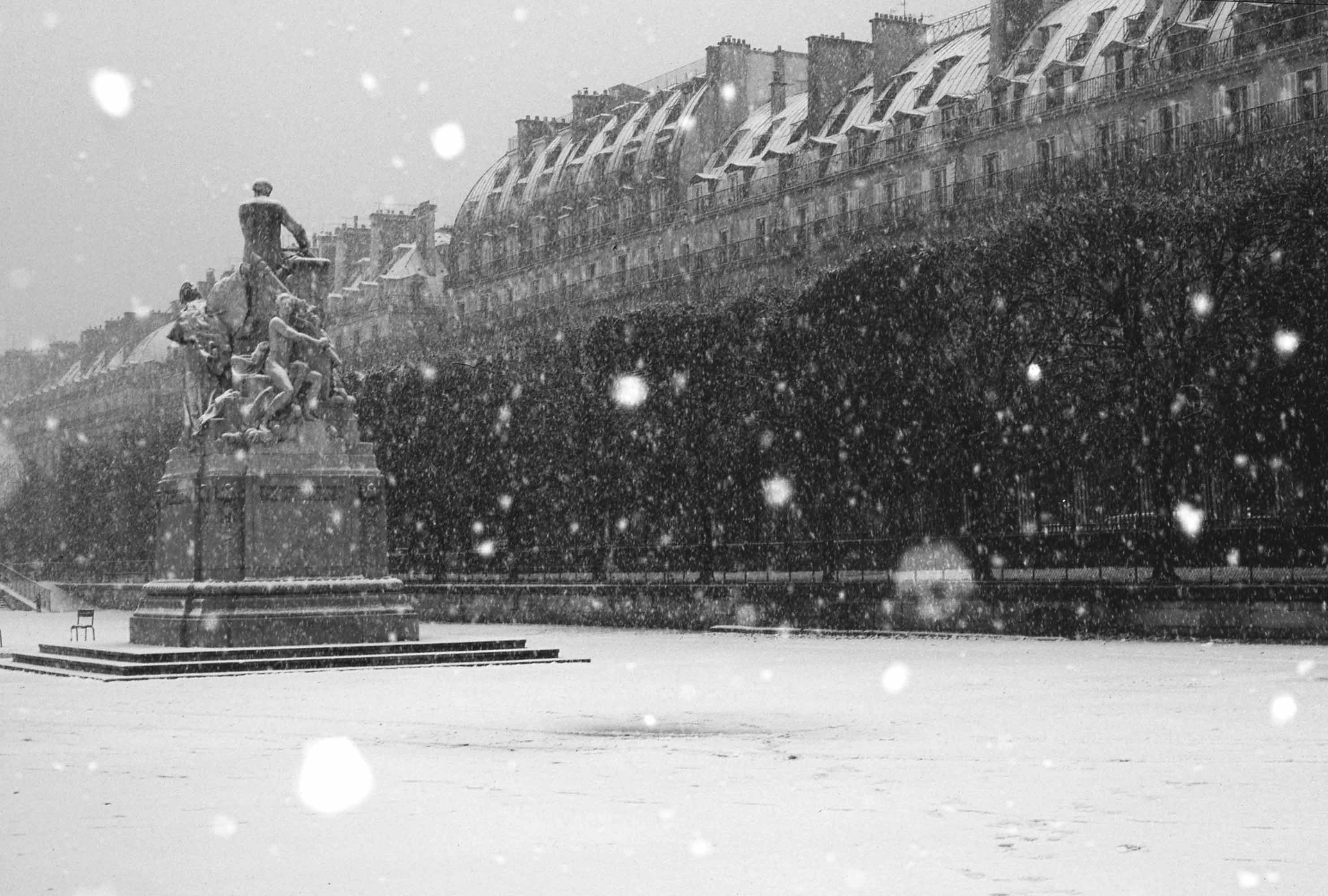
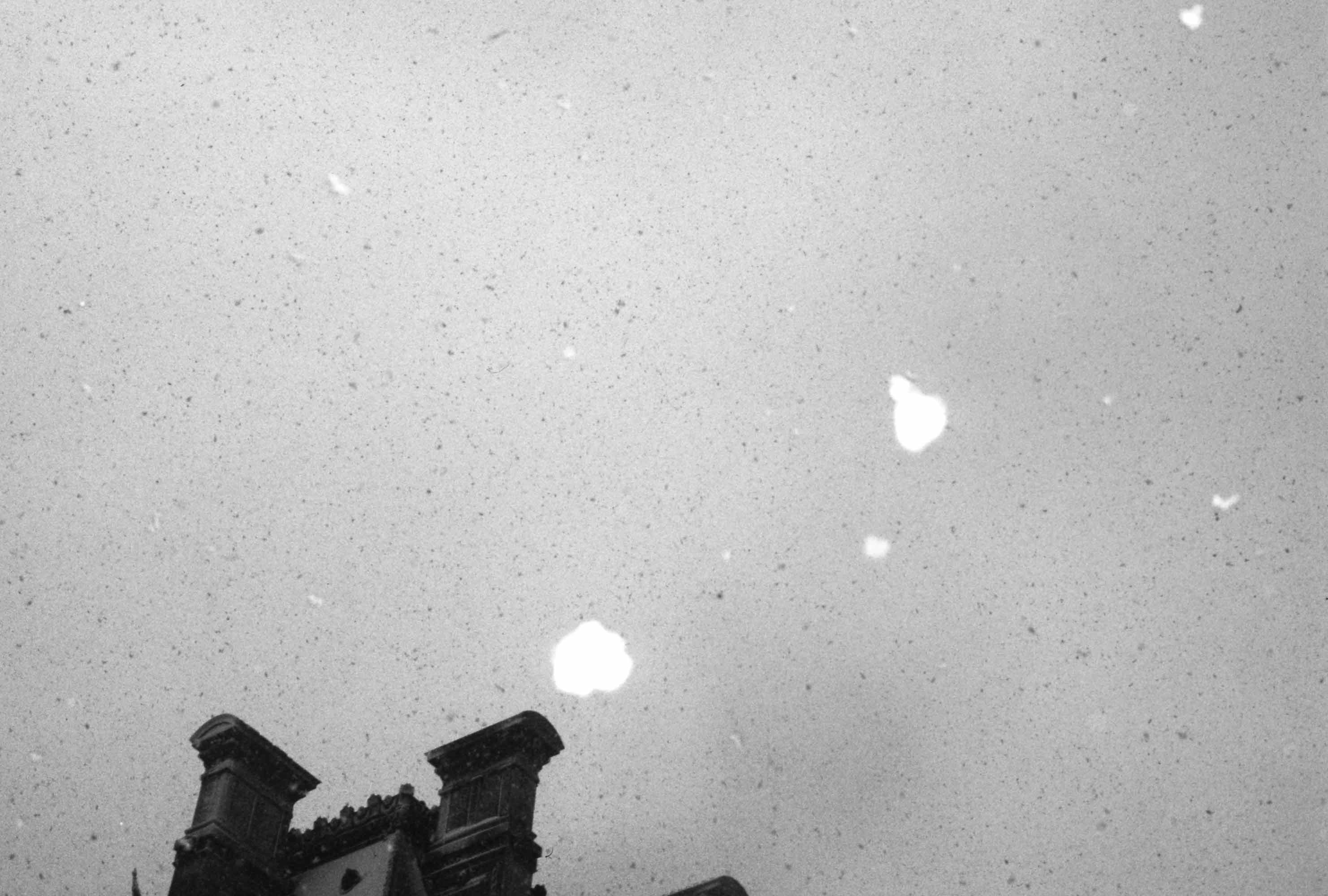
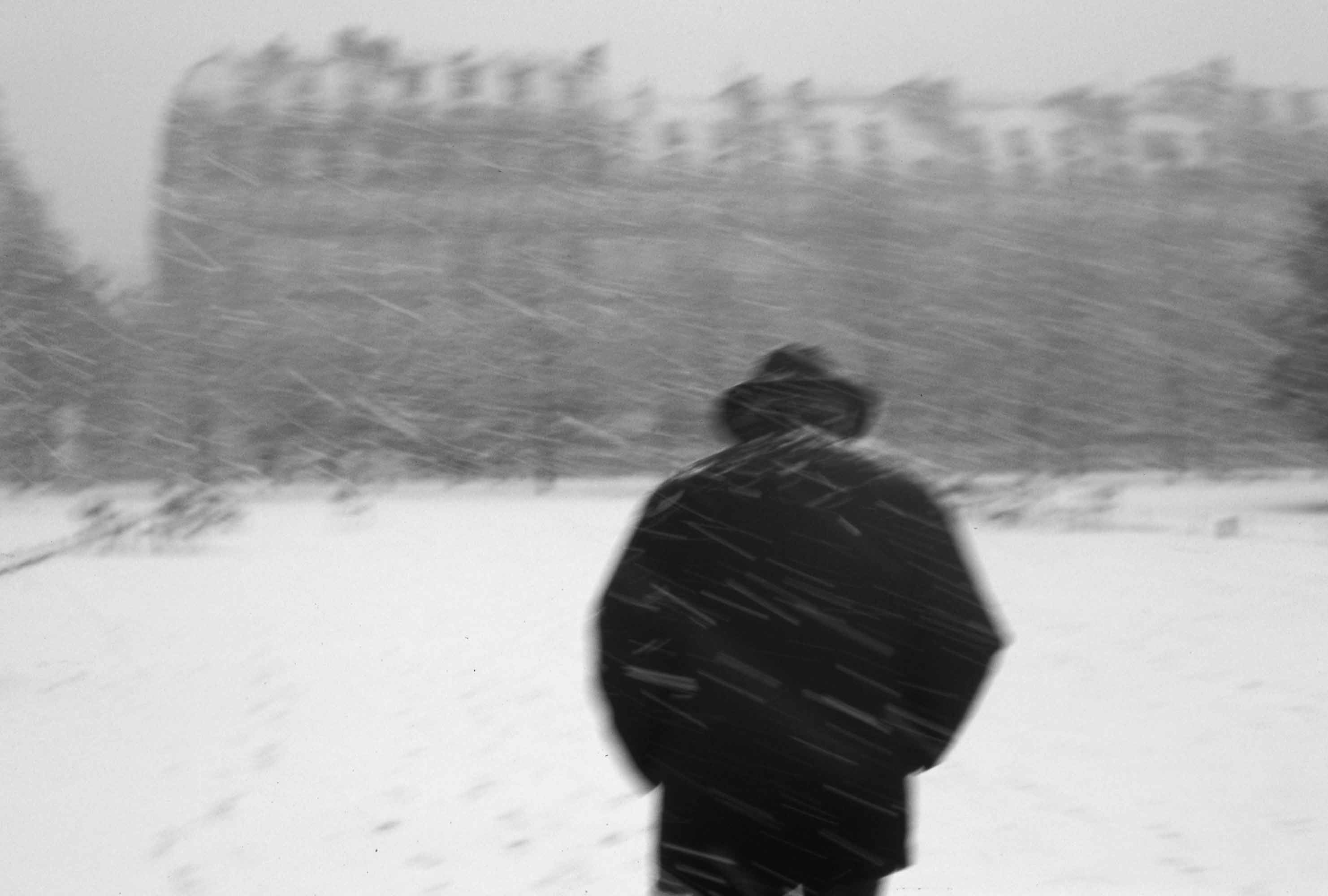
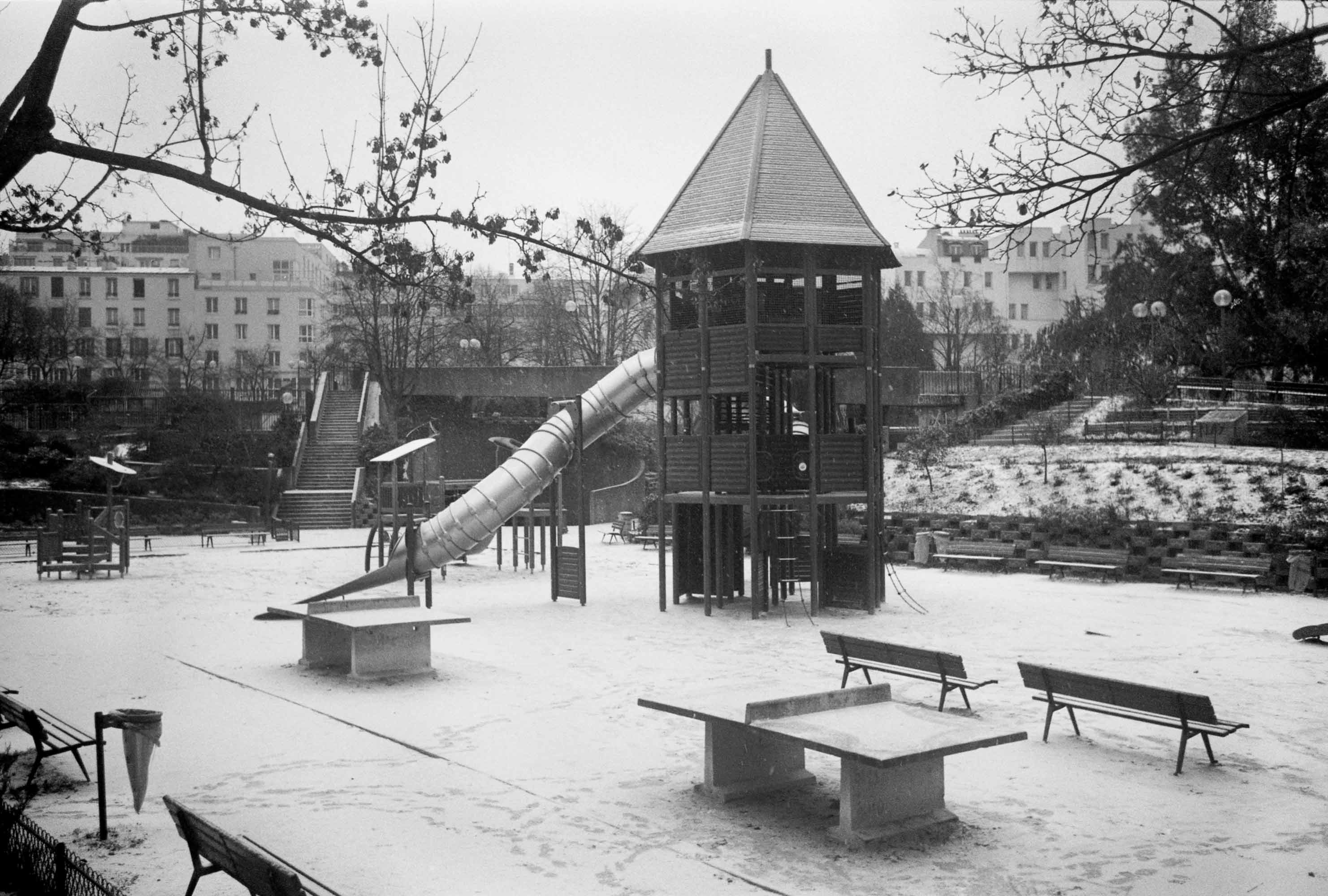
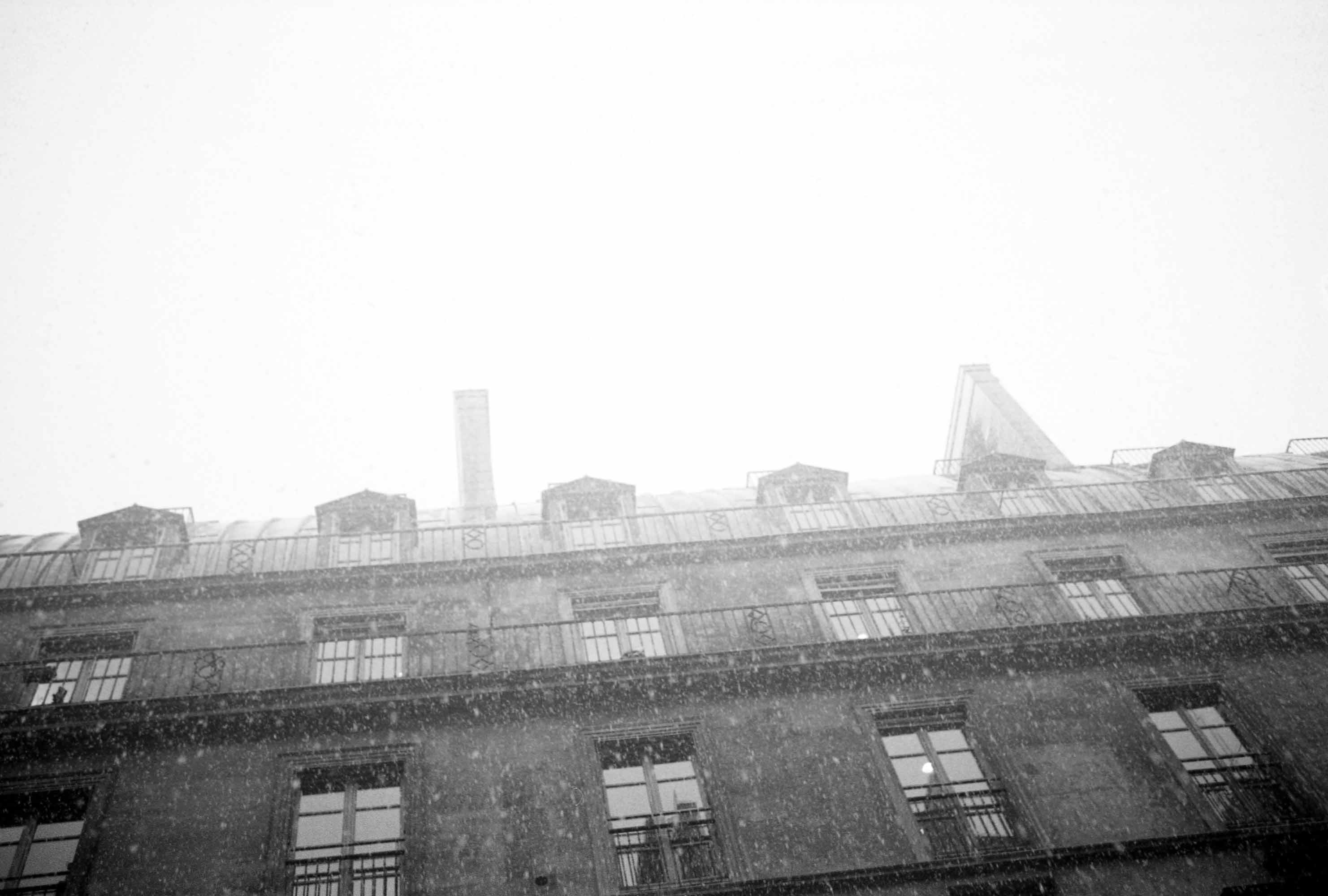

His first personal project Snowing in My Town (2011) shows that off to great effect. Each shot is an encapsulated snow land taut with longing. Osato explains, “When it is snowing in Paris, we feel as if one had been transported through time to another age. That is such a romantic and beautiful feeling, and we simply cannot feel this in Tokyo.”
Blizzard lashed lone figures feature in these spied snapshots of winterland. The quirk is both people and objects are equal centres of contemplation: softly angled bones of an animated face and cold lines of a theme park mascot, shuttered windows and turned backs of distant military statues. It could all be incredibly nostalgic and assuming, but Osato returns the lens to the viewer. His shots are snaps of the ever-searching mind and heart. He said, “That is why, I wanted to be this town would be my town, so I packed the moment and views into the small films.”
Osato also plays with perceptions: “I tried to make sure people cannot recognise where these shots had been taken. Though, of course, if you live in Paris, you can recognise all these scenes easily.” It is this cutting ‘reality’ from expectation that marks out him as a careful artist. The deliberate scratchiness hints at incomplete memory and projected hopefulness. Distance remains even in close-ups only as a tacit reminder of how things are. Still, the romanticism remains. Osato said, going back to the prerogative of the self, “This town is nowhere. I wanted to have this town to be just mine.”
